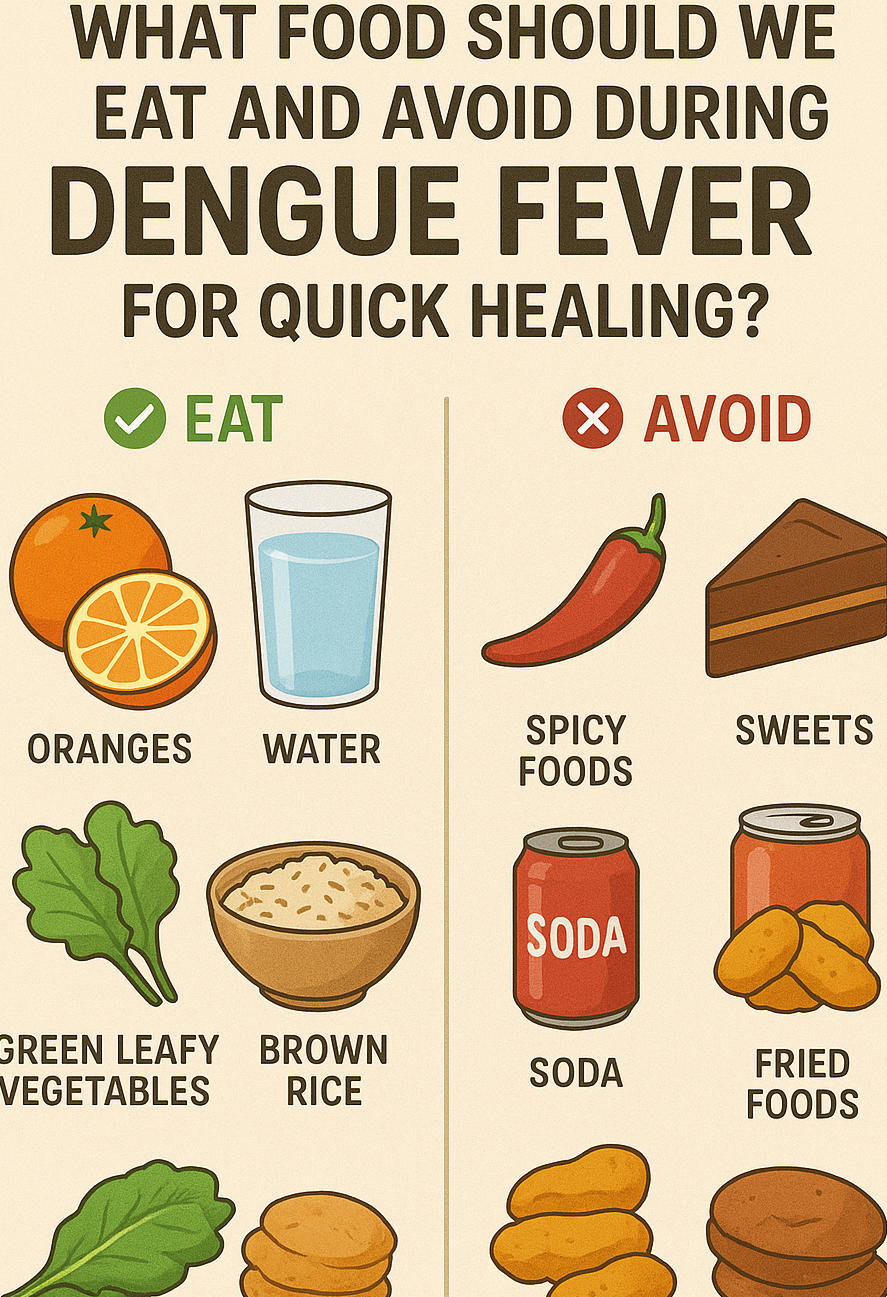
- By Aima Abid 07-Dec-2022
- 1386
Eating disorders are characterized by abnormal eating habits and involve three main types: Anorexia Nervosa, Bulimia Nervosa, and Binge Eating Disorder.
Eating disorders are characterized by abnormal eating habits and involve three main types:
Anorexia Nervosa, Bulimia Nervosa, and Binge Eating Disorder.
Anorexia Nervosa is characterized by self-starvation to the point of emaciation, intense fear of gaining weight even when underweight, a distorted body image, and a drive to be thin at any cost.
Those diagnosed with this disorder often restrict their food intake or exercise compulsively to maintain a low weight.
Bulimia Nervosa is characterized by consuming large amounts of food in short periods followed by behaviors such as forced vomiting (purging) or excessive exercise to prevent weight gain.
Those who are affected may eat up to 20 times the normal amount in one sitting (binge) and then purge it all at once or over many days.
Binge Eating Disorder shares some features with bulimia but is not associated with recurrent purging or other efforts to compensate for overeating.
Eating Disorders are serious mental illnesses, and it is not just a lack of willpower. They’re something that people can’t consciously control on their own, and they often need treatment to recover.
There are several different types of eating disorders, which are classified by their symptoms.
For example,
functional Eating Disorders occur when someone has an underlying mental health issue like depression or anxiety and uses food as a way to cope with it.
Orthorexia-Type Eating Disorders happen when someone makes extreme decisions about what they can eat because they believe they have a healthier diet than everyone else.
And finally, there are
Binge Eating Disorders and Purging Disorders where people consume large amounts of food in short periods or throw up the food so that it isn’t absorbed by their bodies.
Generalized eating disorders are the most common types of eating disorders in the United States.
They can start in different ways meaning that they can be caused by anything, including genetic predisposition, history of trauma or depression, stress, anxiety, and family dysfunction.
There are several subtypes of general Eating Disorders such as Anorexia Nervosa and Bulimia Nervosa.
⦁ Anorexia Nervosa is characterized by an intense fear of gaining weight or becoming fat. People suffering from this disorder have a distorted body image and see themselves as being overweight even when they are dangerously underweight.
⦁ Bulimia Nervosa is also characterized by an intense fear of gaining weight but it’s about binge-feverish episodes when people eat excessive amounts of food and then purge it.
Eating disorders are mental illnesses that cause people to have an intense fear of weight gain.
The different kinds of eating disorders are Anorexia Nervosa, Bulimia Nervosa, Binge-Eating Disorder, and OSFED.
A person with Anorexia will not typically eat more than a small amount of food and it may also be necessary for them to spend time weighing themselves.
A person with Bulimia will eat a large number of calories in one sitting and then induce vomiting or engage in another kind of compensatory behavior to make up for the calories consumed.
Those with the Binge-Eating Disorder will continue eating past the point when they feel full or uncomfortable.
Finally, OSFED is where the individual displays symptoms that are similar to those found in other eating disorders but does not meet enough criteria for another diagnosis or may still have periods where they eat normally without much difficulty.
In summary, there are many different types of eating disorders that can affect a person's life.
The following are the different types of eating disorders that a person may suffer from:
- Anorexia nervosa:
People with this type of eating disorder usually have an excessive fear of gaining weight and they also believe that they are overweight. Those with this condition often have an intense desire to lose weight to avoid being judged as people who are not managing their lives well.
- Bulimia nervosa:
The main focus for those with bulimia is on the weight and shape of their body. They feel like they will be better off if they purge through vomiting or using laxatives after overeating, or even fasting to lose weight.
- Binge Eating Disorder:
This type of eating disorder causes people to overeat until their stomachs hurt because they are not feeling satisfied regularly due to restrictive food intake disorders.
They will then feel guilty about what they have been doing, which can lead them into another cycle where they feel like a bad person and then engage in.
Eating disorders are surprisingly common.
It is fairly easy to recognize an eating disorder by looking at the symptoms of a person.
A person with an eating disorder often has low self-esteem and is always expressing a desire to be thinner than they are.









